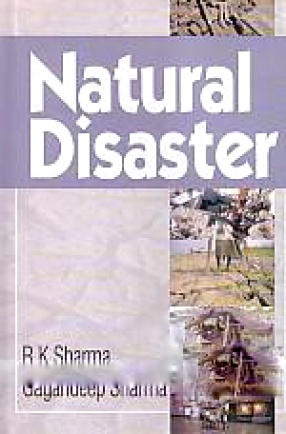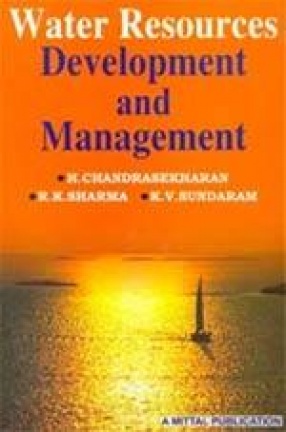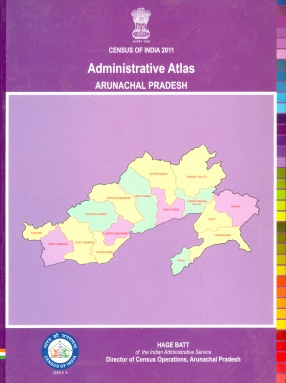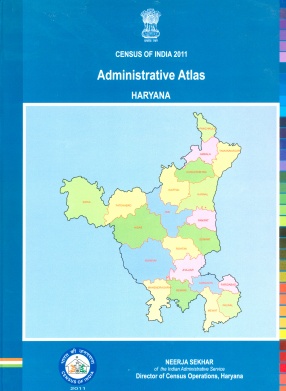Natural Disaster: Institutional Building for Mitigating the Impact on Vulnerable Sections
"The significance of disaster in today's environment comes under question. Why do we need to bother so much? After all, disasters have been with us for as long as the recorded history and presumably even longer. Disasters are phenomenon, which cannot be stopped altogether but advance planning can mitigate sufferings. What precautions are necessary is a question, which needs research, analysis and documentation. We must initiate action in order to avoid such disasters.
India covers an area extending from snow-covered mountains in the North to the tropical rain forests of South. Because of large geographical size of the country, India often faces natural hazards like floods, cyclones and droughts occurring frequently in different parts of the country.
World Bank, however, lauded the Eleventh Finance Commission's recommendation for a greater role of insurers and creation of a National Center for Calamity Management to provide advice to the government on the financing of calamity recovery efforts. World Bank could assist the country by offering a catastrophe risk management model that could be effectively used to reduce fiscal and financial exposures to natural disasters.
The whole issue has been approached and treated in a very systematic and scientific manner, keeping the practical aspects in mind. This edited book, though not voluminous, yet comprehensive and exhaustive in its totality, would create an awareness among all concerned and prove to be source of enrichment, for the general readers who may eventually help themselves to cope with similar situations."
Get it now and save 10%
BECOME A MEMBER











Bibliographic information
Gagandeep Sharma